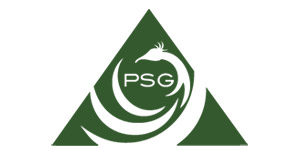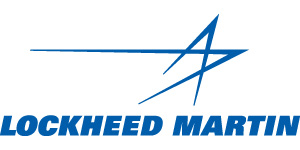Automatic Target Recognition XXXIV
Chair welcome and introduction
22 April 2024 • 5:00 PM - 5:05 PM EDT
DoD's microelectronics for the defense and commercial sensing ecosystem (Plenary Presentation)
Presenter(s): Dev Shenoy, Principal Director for Microelectronics, Office of the Under Secretary of Defense for Research and Engineering (United States)
22 April 2024 • 5:05 PM - 5:45 PM EDT
NATO DIANA: a case study for reimagining defence innovation (Plenary Presentation)
Presenter(s): Deeph Chana, Managing Director, NATO Defence Innovation Accelerator for the North Atlantic (DIANA) (United Kingdom)
22 April 2024 • 5:50 PM - 6:30 PM EDT
The CHIPS Act Microelectronics Commons network is accelerating the pace of microelectronics technology development in the U.S. This panel discussion will explore opportunities for crossover from commercial technology into DoD systems and applications, discussing what emerging commercial microelectronics technologies could be most impactful on photonics and sensors and how the DoD might best leverage commercial innovations in microelectronics.
Moderator:
John Pellegrino, Electro-Optical Systems Lab., Georgia Tech Research Institute (retired) (United States)
Panelists:
Shamik Das, The MITRE Corporation (United States)
Erin Gawron-Hyla, OUSD (R&E) (United States)
Carl McCants, Defense Advanced Research Projects Agency (United States)
Kyle Squires, Ira A. Fulton Schools of Engineering, Arizona State Univ. (United States)
Anil Rao, Intel Corporation (United States)
In response to evolving complexities, ATR is seamlessly transitioning into the realm of artificial intelligence (AI), embracing a future marked by innovation and adaptability. The traditional rule-based approaches are giving way to dynamic, data-driven methodologies empowered by AI. This shift is not merely a technological upgrade; it represents a strategic move to tackle the intricate challenges of contemporary defense.
The integration of Transformer-based architectures in ATR reflects a fundamental departure from the limitations of predefined algorithms. This evolution is particularly notable in tasks requiring nuanced understanding, such as anomaly detection and trajectory prediction. Moreover, explainable AI (XAI) techniques are becoming integral, ensuring accuracy, transparency, and user trust in ATR systems.
Looking forward, the trajectory of ATR is shaped by the promise of Generative Adversarial Networks (GANs) addressing data scarcity and Quantum Machine Learning optimizing high-dimensional analyses. Academic pursuits like federated learning and meta-learning provide the intellectual backbone for a future-ready ATR landscape.
This narrative unfolds at the intersection of tradition and innovation, where the definition of ATR expands beyond its conventional boundaries, ushering in an era where AI becomes the linchpin in meeting the challenges of modern defense.
Moderators:
Asif Mehmood, Chief Digital and Artificial Intelligence Office (United States)
Panelists:
Zhu Li University of Missouri (United States)
Shuvra Bhattacharyya University of Maryland (United States)
Edmund Zelnio Air Force Research Lab. (United States)
Peter A. Torrione Covar, LLC (United States)
Poster Setup: Tuesday 12:00 PM - 5:30 PM
Poster authors, view poster presentation guidelines and set-up instructions at http://spie.org/DCSPosterGuidelines.
Welcome and opening remarks
24 April 2024 • 8:30 AM - 8:40 AM EDT
Army intelligence data and AI in modern warfare (Plenary Presentation)
Presenter(s): David Pierce, U.S. Army Intelligence (United States)
24 April 2024 • 8:40 AM - 9:20 AM EDT
FUTUR-IC: A three-dimensional optimization path towards building a sustainable microchip industry (Plenary Presentation)
Presenter(s): Anu Agarwal, Massachusetts Institute of Technology, Microphotonics Ctr. and Materials Research Lab. (United States)
24 April 2024 • 9:20 AM - 10:00 AM EDT
View call for papers

What you will need to submit:
- Presentation title
- Author(s) information
- Speaker biography (1000-character max including spaces)
- Abstract for technical review (200-300 words; text only)
- Summary of abstract for display in the program (50-150 words; text only)
- Keywords used in search for your paper (optional)
- Check the individual conference call for papers for additional requirements (i.e. extended abstract PDF upload for review or instructions for award competitions)


